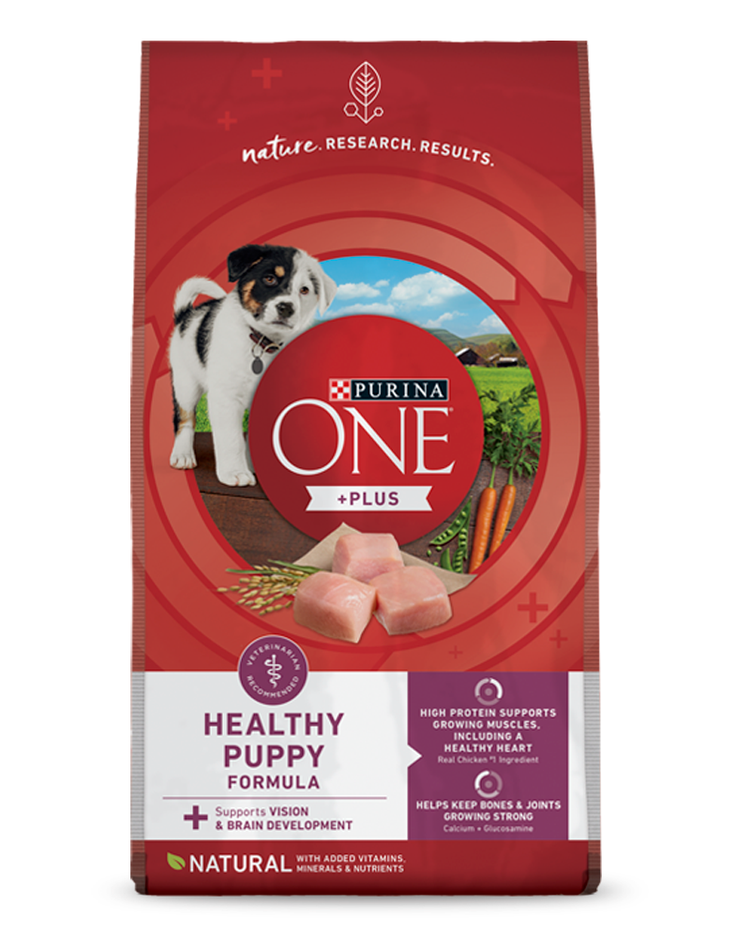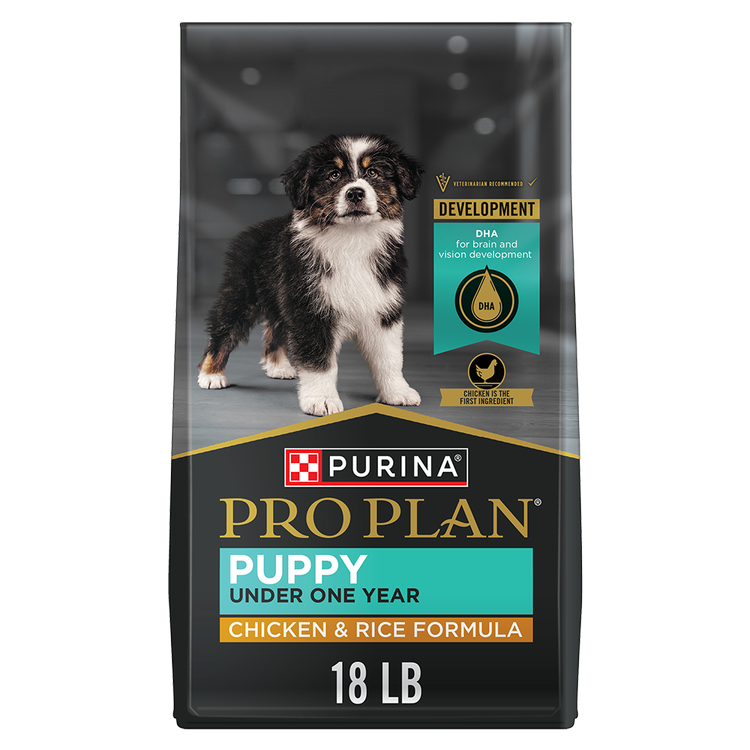Why is My Puppy Not Eating Dry Food?


If your puppy won’t eat dry food, there could be a lot of factors at play. You could simply be dealing with a picky eater, or this could be a sign of a more serious health issue. If you’re not sure why your puppy isn’t eating dry food, here’s a checklist of some of the things to think about:
Is Your Puppy Healthy?
If your puppy normally eats his food eagerly but has suddenly stopped, the first thing you should do is make sure he is healthy. A sudden disinterest in food may mean your puppy is sick, perhaps intestinal woes. If you suspect something may be wrong, make an appointment with your puppy’s veterinarian. If your puppy eats other kinds of food (like wet food or snacks) and refuses to touch his dry food, he may just be a picky eater.
Is Your Puppy Old Enough to Eat Dry Puppy Food?
Most puppies aren’t fully weaned until they’re six to eight weeks old. For the first few weeks of your puppy’s life, he won’t be interested in dry food, but once he’s three to four weeks of age, he’ll start to nibble at solid foods. If your puppy is younger than that, he may be too young to eat regular dry food meals. In most cases, pet owners take ownership of the puppy when he is six to eight weeks old, after weaning.
Is Your Puppy Teething?
Many puppies eat less (and chew more) when they’re teething, which usually takes place when a puppy is between three and six months old. Tender gums and loose teeth can make dry food unappetizing, so if your teething puppy won’t eat dry food, you may try moistening it with warm water or mixing it with wet food to make it easier to chew. If you do decide to add wet food to his regular meal, remember to scale back the amount of dry food you give him to make sure you’re not overfeeding him.
Are You Feeding Your Puppy on a Regular Schedule?
Feeding your puppy on a regular schedule, versus leaving food in his bowl all the time, can help him regulate his digestive system. (As a bonus, it’ll also help you get a better sense of when he’ll need to go outside, making house-training a little easier.) As a general rule, puppies under six months of age should be fed three small meals a day and then switched to twice a day: once in the morning and once in the evening. Once your puppy reaches maturity (about a year old for most puppies, or two years for giant breed puppies), you can decide whether to feed him once or twice a day.
To Each His Own
In the end, some dogs just don’t like the taste or texture of dry food. After all, our taste, texture and smell preferences differ from person to person. If your puppy is not eating his dry food, you may want to mix a small amount of wet food into your puppy’s regular dry food to make it more appealing. You can also try moistening the dry food using three parts kibble and one part warm water.
Want to learn more about how and what to feed your puppy? Click here to learn everything you need to know about feeding your puppy, from the nutrients he needs to promote healthy growth to how his breed and size can affect his diet.

How Much Food Is Right for Your Pet?
Get a personalized feeding guide for your dog or cat from Purina’s nutrition experts.






